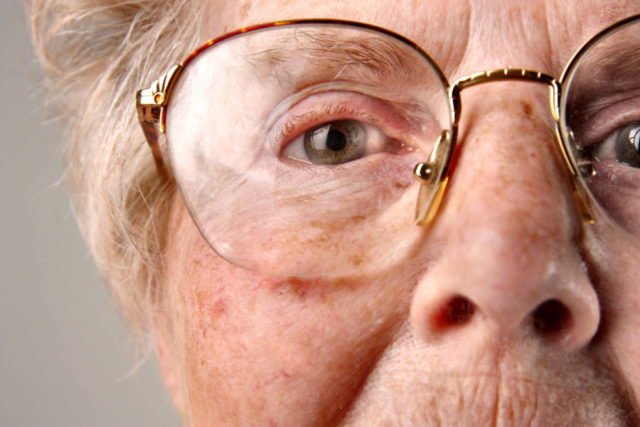
Although sunspots are harmless, some people may choose to treat them for cosmetic reasons or to improve their self-esteem.
In this article, we discuss what causes sunspots on the face. We also outline the treatments and home remedies that could help reduce their appearance.
What are sunspots?
Sunspots, which doctors may refer to as solar lentigines, are dark brown, flat, rounded spots that may appear on the face or other areas of sun-exposed skin. Sunspots are most likely to develop in the following areas:
- hands
- arms
- shoulders
- back
- feet
The sun emits ultraviolet (UV) radiation that stimulates the production of skin cells called melanocytes. Melanocytes produce a substance called melanin, which gives the skin its color.
When there is a disruption to melanin production, people may develop overpigmented (hyperpigmented) or underpigmented (hypopigmented) areas of skin. Sunspots are hyperpigmented skin blemishes.
Sunspots are not cancerous and do not become cancerous. However, some people may find these skin blemishes unsightly. They may, therefore, seek treatment to lessen the appearance of sunspots and improve their self-esteem.
Causes
Researchers note that the enzyme tyrosinase is a key factor in the production of melanin. They suggest that the overactivity of tyrosinase may cause hyperpigmentation or sunspots.
Overactivity of the tyrosinase enzyme can occur as a result of aging. Due to this, some people refer to sunspots as age spots.
According to the American Society for Dermatologic Surgery (ASDS), some people may also have a genetic risk for developing sunspots.
Doctors can treat sunspots by slowing down or stopping the activity of the tyrosinase enzyme. They describe drugs that achieve this as having “antityrosinase activity.” The effects that they have can help lessen the appearance of sunspots.
Two types of treatment are available for sunspots on the face: topical creams and dermatologic techniques.
Topical creams
Topical creams are treatments that people apply to the skin. Several creams contain ingredients that target the tyrosinase enzyme and reduce the appearance of sunspots.
Hydroquinone
Hydroquinone is a popular medicinal treatment for sunspots. However, the Food and Drug Administration (FDA) have not approved hydroquinone for treating and preventing sunspots due to the drug’s unknown safety profile.
Hydroquinone works as a skin-lightening treatment by blocking the effect of tyrosinase. People can purchase 2% hydroquinone creams over the counter. Higher strengths of hydroquinone require a doctor’s prescription.
People who use hydroquinone may experience the following side effects:
- skin irritation
- stinging
- redness
- inflammation
- dry skin
- allergic reactions
Women who are pregnant or breastfeeding should avoid using hydroquinone because substantial amounts of the medication absorb into the skin and enter the woman’s bloodstream. Here, it can affect a fetus or a breastfeeding baby.
Tretinoin
Tretinoin is a derivative of vitamin A. Topical tretinoin creams can reduce the effect of photoaging that occurs as a result of exposure to UVB radiation.
Tri-Luma
Tri-Luma is a topical cream containing three active ingredients that can help reduce hyperpigmentation. These are:
- hydroquinone
- tretinoin
- fluocinolone acetonide
Although doctors are unsure how this combination works to reduce sunspots, researchers suggest that tretinoin increases the effectiveness of hydroquinone.
Fluocinolone acetonide is a corticosteroid that dermatologists sometimes prescribe to treat severe inflammatory skin disorders.
Dermatologic techniques
Dermatologic techniques typically involve removing layers of skin from the sunspot to lessen its appearance.
The ASDS recommend the following treatments for sunspots:
- laser resurfacing
- dermabrasion
- chemical peels
- cryosurgery












